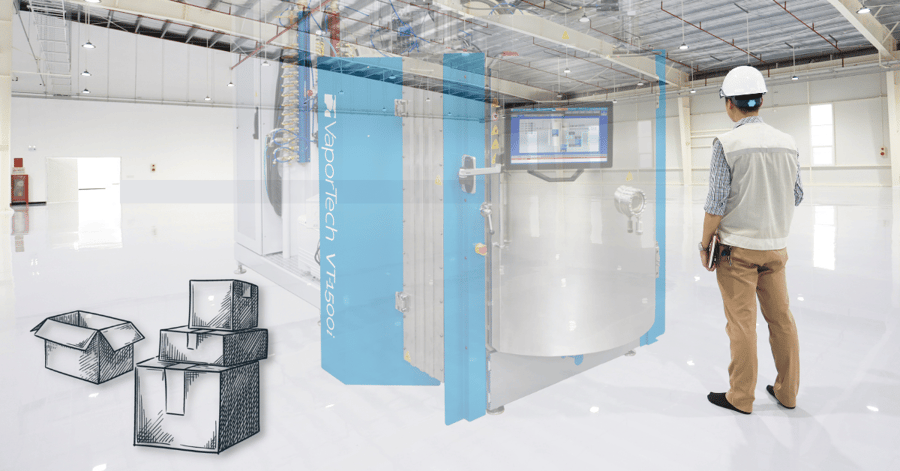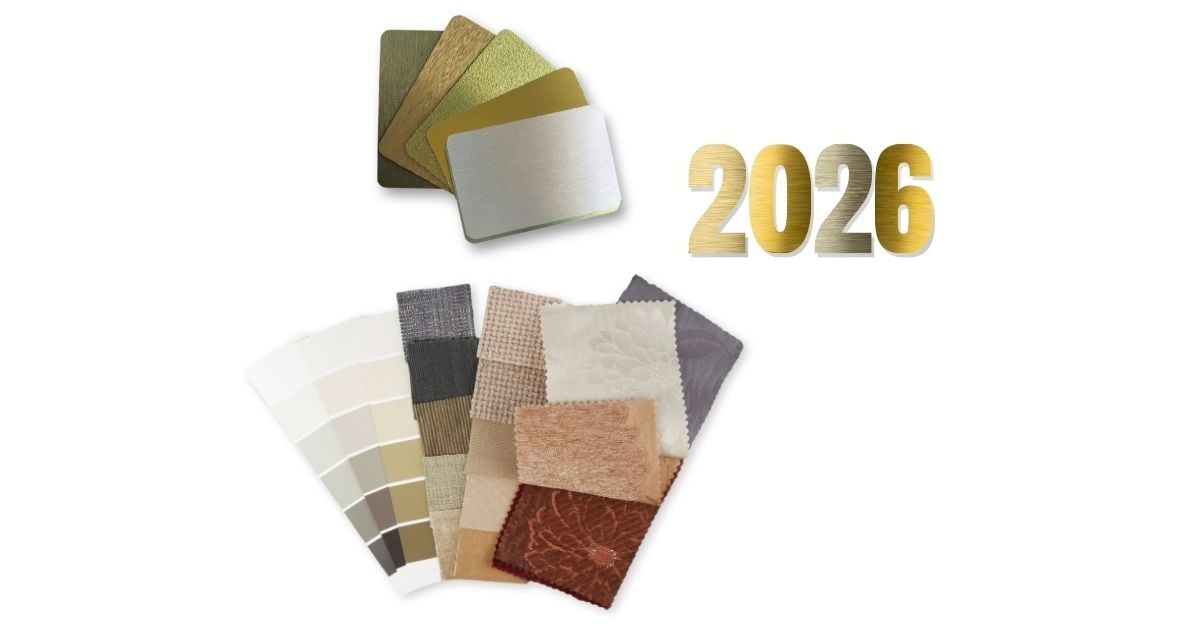Why Is Physical Vapor Deposition (PVD) Also Called ‘Vacuum Coating’ Or ‘Vacuum Deposition?’
-
PVD vs. PECVD processes: Physical vapor deposition (PVD) evaporates metals and combines them with gases, and plasma-enhanced chemical vapor deposition (PECVD) uses gas reactions.
-
Why PVD coating is deposited in a vacuum: Operating in a vacuum eliminates contaminants like dust and water vapor, ensuring quality, durable, precise coatings.
-
Versatile coating systems: VaporTech machines support PVD and PECVD processes in the same chamber, providing adaptable solutions for various applications.
All the different terminology around PVD coatings can be confusing. PVD stands for physical vapor deposition. The word is sometimes used interchangeably with CVD (chemical vapor deposition), but these are two different processes that can both run in our VaporTech® coating systems. PVD is also sometimes referred to as vacuum coating or vacuum deposition. Same coatings, different names.
Each term describes the coating's physical or chemical process or the vacuum coating chamber where the processes occur.
Physical vapor deposition means a metal (the physical part) evaporates and deposits onto a part or product. Chemical vapor deposition (CVD) means that instead of evaporating a metal, a combination of gases creates a vapor that is then deposited onto the part or product. VaporTech systems run both PVD and PECVD (plasma-enhanced chemical vapor deposition) processes in the same machine. The latter is used to create diamond-like carbon (DLC) coatings.
Vacuum coating and vacuum deposition are different terms to describe PVD. However, instead of describing what is being deposited, the terms refer to what enables the finishing process – creating coatings in a vacuum chamber.
Why use a vacuum to create these coatings?
The air we breathe contains elements including nitrogen, oxygen, water vapor, dust, and other contaminants. If you evaporate metals or mix gases at atmospheric pressure, these substances will contaminate the process, resulting in poor-quality coatings. If, on the other hand, the process is run under a vacuum, the PVD system can carefully control all aspects of the process to create beautiful, durable, and high-performance coatings.
VaporTech vacuum coating machines
Whether you call our systems vacuum coating machines, vacuum deposition equipment, or PVD coating systems, we have the right-sized system for your application. Contact us today for more information.
Recent posts

Coating Service Providers: Serve Your Customers (and Your Bottom Line) with a New PVD Machine.

What is PECVD? Use it to Create DLC coatings in Your Vapor Deposition System.





